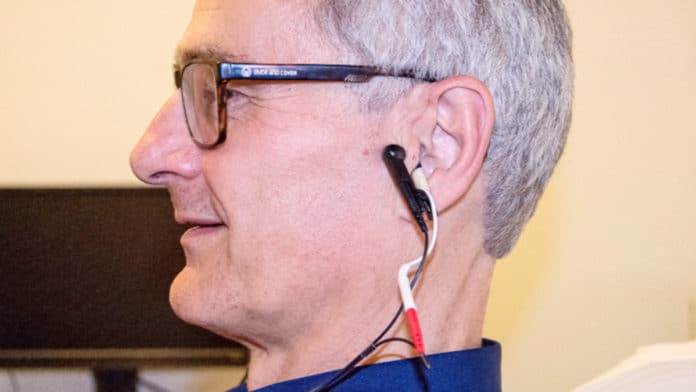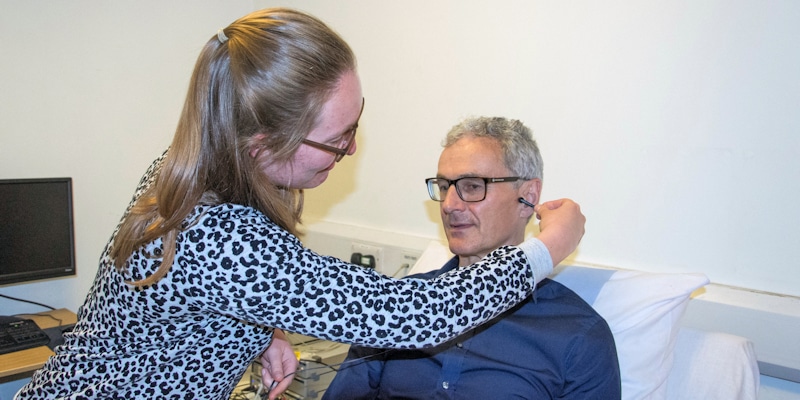Everyone hates being one of ‘the elderly’. Age is an issue of mind over matter. If you don’t mind, it doesn’t matter. It can’t be stopped but can be slow down or at least slow down an important effect associated with ageing, researchers say.
Tickling, a fun, and relaxing activity. Well, annoying or making your friends laugh is not the only reasons to enjoy tickling since it may have health benefits too.
In new research, a team of researchers at the University of Leeds founds that a ‘tickle therapy’ could help slow down the effects of ageing. ‘Tickling’ the ear with a small electrical current appears to rebalance the autonomic nervous system for over-55s, which potentially help slow ageing.
The process, called transcutaneous vagus nerve stimulation (tVNS), delivers a small, painless electrical current to the ear, which sends signals to the body’s nervous system through the vagus nerve. Researchers found that a short daily therapy delivered for two weeks led to both physiological and wellbeing improvements, including a better quality of life, mood, and sleep.
The autonomous nervous system plays an important role in the body. It supports many of the functions that which don’t require conscious thought, such as digestion, breathing, heart rate, and blood pressure. It contains two branches, the sympathetic and the parasympathetic, which work against each other to maintain a healthy balance of activity.
The tickle therapy’s effects to restore balance in the system could reduce the risks of having these chronic diseases.
“The ear is like a gateway through which we can tinker with the body’s metabolic balance, without the need for medication or invasive procedures. We believe these results are just the tip of the iceberg,” said lead author Dr. Beatrice Bretherton.
To explore this idea with respect to aging, the research team enlisted 29 healthy volunteers aged 55 and over. Each participant received a 15-minute session per day for more than two weeks and was also taught to self-administer the therapy at home.
The therapy led to an increase in parasympathetic activity and a decrease in sympathetic activity, rebalancing the autonomic function towards that associated with healthy function. In addition, some people reported improvements in measures of mental health and sleeping patterns.
Being able to correct this balance of activity could help us age more healthily, as well as having the potential to help people with a variety of disorders such as heart disease and some mental health issues. In addition, improving the balance of the autonomic nervous system lowers an individual’s risk of death, as well as the need for medication or hospital visits.
“We believe this stimulation can make a big difference to people’s lives, and we’re now hoping to conduct further studies to see if tVNS can benefit multiple disorders,” said Susan Deuchars, one of the senior authors of the study.
The research team plans to continue the study to understand if tVNS therapy could provide long-term health effects. The team has published its research in the journal Aging.

